If you're a fan of the fantasy role-playing game genre, you've probably heard of Mana, the magical power system of magicians and sorcerers. In World of Warcraft, it's the blue bar that slowly drains as you use magical spells.
In Super Smash brothers, the character hero exhausts mana points for every magical spell he casts, kind of like the magical equivalent of a kilowatt. But what is the history of Mana, and how did it become a ubiquitous feature in the fantasy game genre?
What is Mana?
The word Mana comes from the Austronesian language family, the indigenous languages of Southeast Asia, and the Pacific island chains. This is a super diverse bunch of languages, so the definition of mana changes somewhat depending on the language.
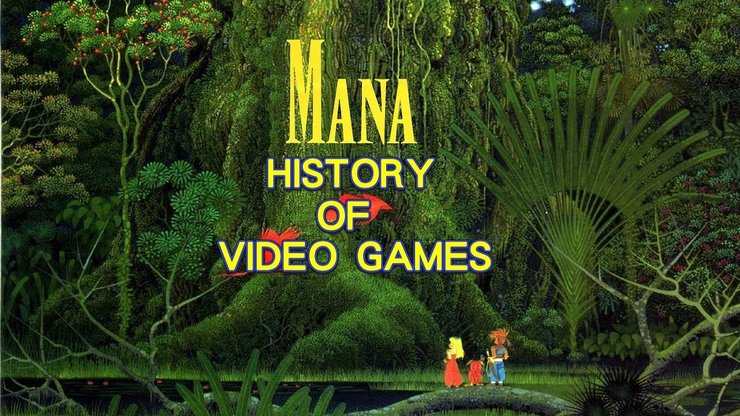
Some cultures use the word in a more general sense of potency, efficacy, or good fortune. For example, on the island of New Caledonia, Mana means force, ability, or power. Other branches of this language family link mana with natural forces in the Vanuatu Islands.
But despite this wide range of definitions wind, thunder, influence, magic. It's that last definition of mana that entered the Western lexicon in 191, when the English missionary and anthropologist Robert Codington reported back from his travels in the Solomon Islands. He described it as an omnipresent, impersonal power, or even a substance that can attach to people or things, and a force that people, ghosts, or spirits can wield.
By the middle of the 20th century mana found new life in a new arena: pop culture. The science fiction and fantasy writer Larry Niven popularized mana after publishing his short story not long before the end. In Niven's literary world, sorcerers draw their powers from a natural energy resource called mana. But just like fossil fuels, mana is a finite resource. If magicians spend too much time in one land, they exhaust the land. Mana and their magical spells stop working.
Niven popularized a system for how mana works that proved easy to transpose into the world of gaming as a substance or resource that special practitioners can deplete. Some of the earliest fantasy and roleplaying computer games like Ultima Three and Final Fantasy used MP or Magic Points on the screen to track the use of magical spells, but many people were already calling them mana points instead of Magic points.
Mana in Videogames
As you well know, in most video games it is necessary to obtain resources, be it gold, life, or any other element with which you can develop the movements or abilities that a character can perform, in the case of mana it is the same.
This energy is the concept equivalent to the usual magic points and is used to be able to invoke spells or conjurations. It is unlimited, although sometimes you have to wait a while for it to fully recover (like fatigue in real life). Not only wizards but also warrior characters use mana, though only very high magic rank ones.
And now after this little introduction let's start with our top fantasy video games that use mana:
#1- Magic the Gathering
Magic the Gathering is a collectible card game first released in 1993 by Wizards of the Coast, in which Niven's notion of mana was explicitly used. In the game, almost every spell, enchantment, and creature requires you to spend a certain amount and type of mana. It is as essential to the game as food, water, and air are to living things on Earth.
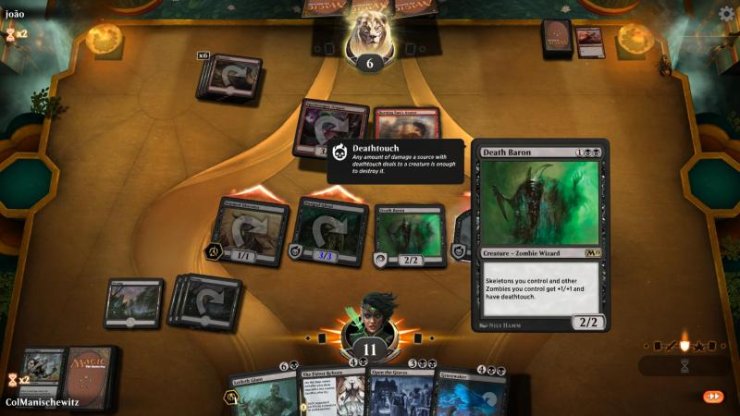
Magic is usually measured in magic points, MP for short, or in mana points; It is often displayed in the form of a report, for example, 50/60 MP, or in the form of a gauge that the player must feed. These spells grant different abilities to the player characters, such as the ability to attack, defend, perform various specific actions, or regenerate the characters' health.
In magic, you can find mana of 5 colors: white, red, green, blue and black. Each color represents a different type of land, which is the energy needed to power all of your units.
Each mana color also matches a broad playstyle and can be adapted to a Magic deck type, encompassing vastly different creatures, spells, and planeswalkers. Colors can be matched to create new themes entirely.
For example, mono-red cards are aggressive on their own, but can then be combined with white cards to control spells and heal.
#2- League of legends (LOL)
League of Legends is a multiplayer online battle arena video game developed and published by Riot Games. Inspired by Defense of the Ancients, a custom map for Warcraft III. The main feature of this game compared to other online multiplayer games is its frenetic pace. Players enjoy the speed and intensity of the strategy they must develop in real time, with elements of role-playing games.
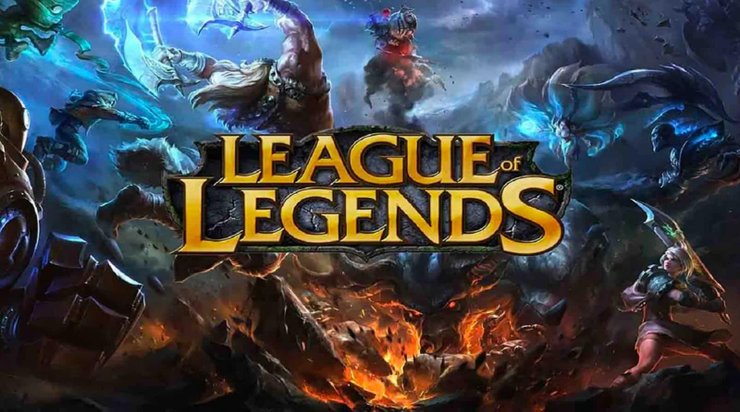
Mana is one of the features in League of Legends that allows champions to have different values, which can be restored through mana regeneration and some abilities, items, runes, and buffs.
Mana is represented in-game by the blue bar within the HUD, which indicates the champion's current mana and max mana. Current mana is reduced by spending by paying an ability's mana cost.
The resource itself is designed to prevent a champion from casting more spells. This happens once their mana pool has been depleted to the point where they can't pay the mana costs of abilities, and they can't cast them again until they have enough mana.
#3- Silkroad Online
It is a free-to-play MMORPG (massively multiplayer role-playing game) released on February 21, 2006 by the South Korean company Joymax. The game is heavily based on the historical Silk Road and takes place in Chinese, Islamic, Egyptian and European civilizations.
Just like in LOL, characters can use mana potions to increase their abilities. Current mana is reduced by an ability's mana cost.
#4- Secrets of Mana
Secret of Mana is a game released in August 1993 in Japan anchored to the Seiken Densetsu franchise originating from the Game Boy. The plot of the video game is born from the conflict between civilizations and supernatural elements to control the flow of mana through the use of magic and technology. The plot takes place in a magical world where there is an ethereal resource, although limited: mana.
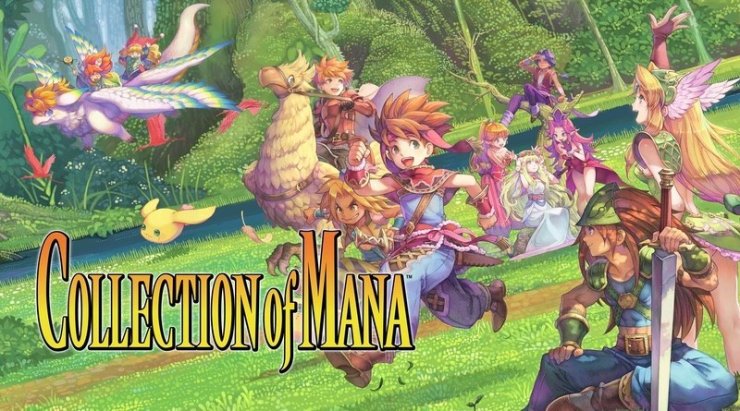
Some time ago, an ancient civilization had exploited this resource to build the Fortress of Mana, a floating warship. The gods, enraged, sent a band of beasts to fight against civilization. As a consequence, the world was plunged into chaos and the mana was about to disappear.
Conclusions
For Pacific Islanders, the history of mana is important because it is about them: their lives and their heritage. To video game players it is important and for pretty much the same reasons. Once an import, mana has now become part of our culture.
The videogames industry has made fantasy games and imaginary worlds. They put mana into play, making it part of our lives, dragging it into our histories and self-understandings. We spent hours optimizing our healing spells and living the lives of draenei shamans. Gaming became part of who we are, and mana became part of it.
Finally, I have no choice but to finish with the premise that fantasy video games allow you to develop your mind, by allowing you to carry out different strategies to achieve your goal, in addition to increasing your level of response to stressful situations.
In short, video games are a powerful tool that not only allows us to spend hours having fun, but also teaches us the importance of resources, activates our minds and improves our cognitive abilities.

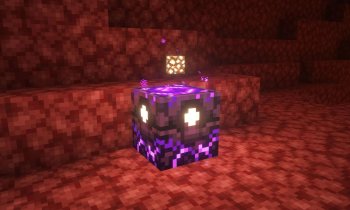

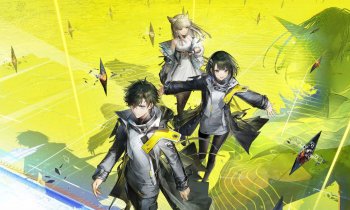






Comments